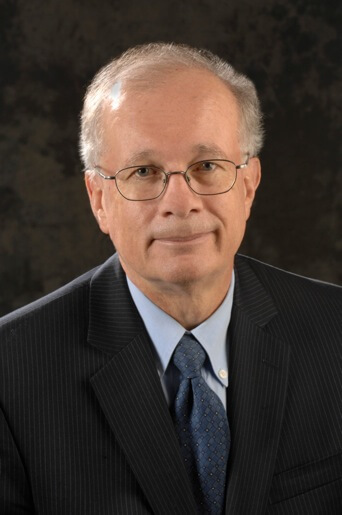We’re unduly discouraged about retirement
Pension expert Malcolm Hamilton explains why Canadians needn't worry so much
Advertisement
Pension expert Malcolm Hamilton explains why Canadians needn't worry so much

Share this article Share on Facebook Share on Twitter Share on Linkedin Share on Reddit Share on Email